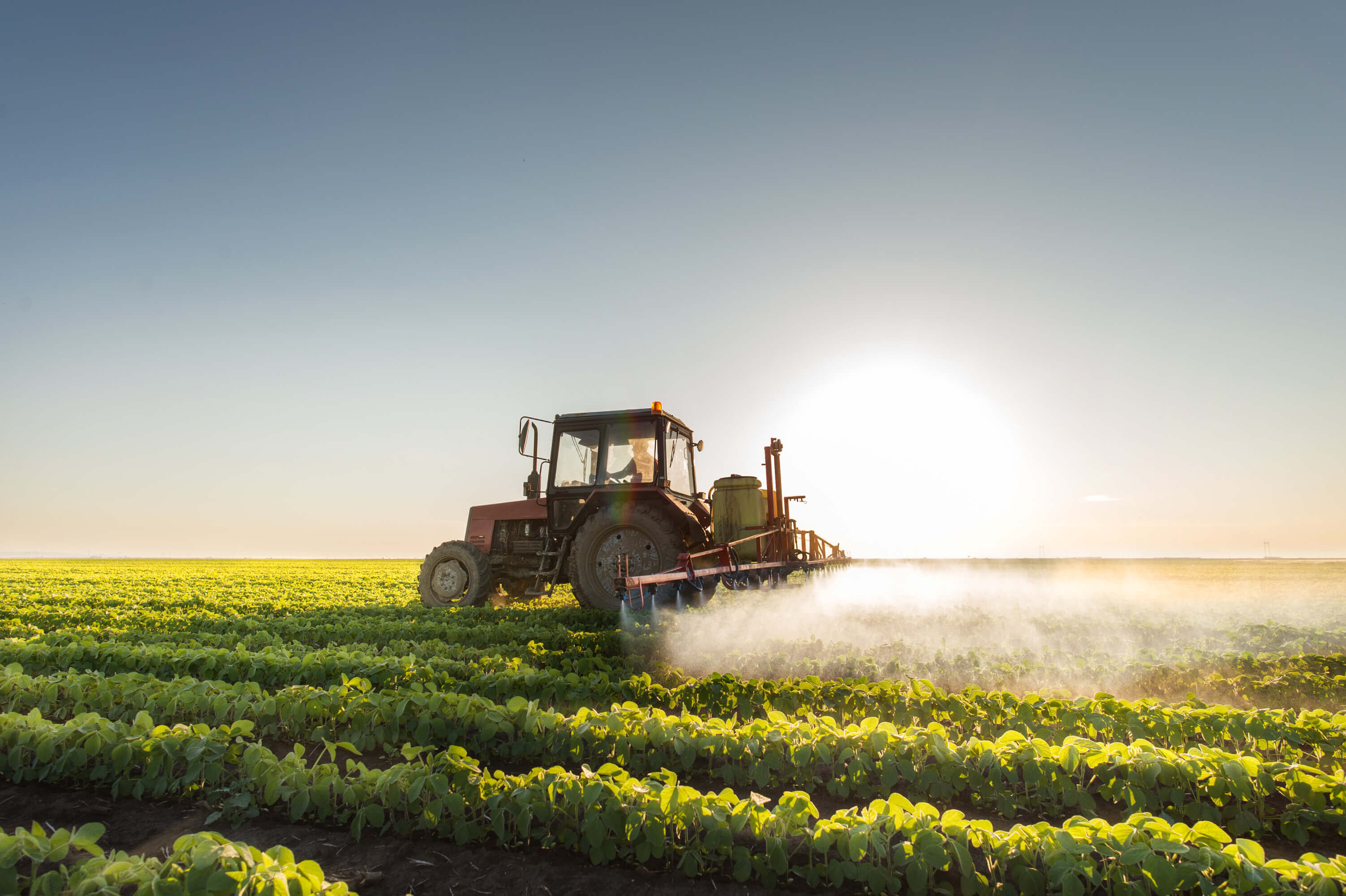Making the fungicide decision
Jul 01, 2019

Types of fungicides:
There are two main types of fungicides used today — strobilurin and triazole.
1. Strobilurin fungicide is used for preventative applications. It stops disease from forming and usually has a window of activity from 7 to 14 days.
2. Triazole fungicide is used for post-infection control or to stop the spread of an already present disease. The word “curative” is often used with this class; however, just to be clear, triazole does not “cure’’ any incurred infection; it only stops the spread.
There’s a new class of fungicide SDHI i.e. (Priaxor and Trivapro) that includes both preventative and post-infection control providing longer residual activity.
Tips for fungicide application:
When fighting disease:
1. Identify the type of disease.
This will help in making the most effective fungicide selection. It’s also important because some diseases cannot be controlled by fungicide.
2. The least expensive product may not be the most cost-effective choice.
Make sure the percentage of active ingredient will be effective for the targeted disease. A lower price could mean ineffective percentage of active ingredients.
When boosting yield potential, protecting against disease, and promoting plant health:
1. Let data help your decision.
WinField United has created a tool that can help you decide if your crop will benefit from a fungicide application. They’ve used data from the AnswerPlot® program to create a response-to-fungicide (RTF) rating system for various corn and soybean hybrids. The RTF score is a rating given in the absence of disease. Those hybrids with a high score, whether disease is present or not, show an extremely high ROI when a fungicide is applied. The RTF scale is also helpful to identify those hybrids with a low score and poor disease rating because they also need a preventative application.
2. Timing is key.
For corn: the application window is typically from tasseling to full brown silks or what is also called the VT through R2 stage. Some applications can be made after the R2 phase if southern rust is prevalent. Often times, the late season cooler nights and warm days allow the diseases to germinate and flourish in fields with risk factors. The ideal application window, depending on daily heat accumulation, is usually 15-17 days in length.
For soybeans: the best time to apply a fungicide is when the plant is at the R3 stage of growth, which is defined as when a pod on one of the top four nodes reaches 3/16 of an inch. Research has shown on a 10-year average, that fungicide applications have proven effective whether or not disease is present, and where disease is prolific, the yield preservation can be even more effective.
For more information about fungicide selection and application, contact your local Co-op agronomist.
There are two main types of fungicides used today — strobilurin and triazole.
1. Strobilurin fungicide is used for preventative applications. It stops disease from forming and usually has a window of activity from 7 to 14 days.
2. Triazole fungicide is used for post-infection control or to stop the spread of an already present disease. The word “curative” is often used with this class; however, just to be clear, triazole does not “cure’’ any incurred infection; it only stops the spread.
There’s a new class of fungicide SDHI i.e. (Priaxor and Trivapro) that includes both preventative and post-infection control providing longer residual activity.
Tips for fungicide application:
When fighting disease:
1. Identify the type of disease.
This will help in making the most effective fungicide selection. It’s also important because some diseases cannot be controlled by fungicide.
2. The least expensive product may not be the most cost-effective choice.
Make sure the percentage of active ingredient will be effective for the targeted disease. A lower price could mean ineffective percentage of active ingredients.
When boosting yield potential, protecting against disease, and promoting plant health:
1. Let data help your decision.
WinField United has created a tool that can help you decide if your crop will benefit from a fungicide application. They’ve used data from the AnswerPlot® program to create a response-to-fungicide (RTF) rating system for various corn and soybean hybrids. The RTF score is a rating given in the absence of disease. Those hybrids with a high score, whether disease is present or not, show an extremely high ROI when a fungicide is applied. The RTF scale is also helpful to identify those hybrids with a low score and poor disease rating because they also need a preventative application.
2. Timing is key.
For corn: the application window is typically from tasseling to full brown silks or what is also called the VT through R2 stage. Some applications can be made after the R2 phase if southern rust is prevalent. Often times, the late season cooler nights and warm days allow the diseases to germinate and flourish in fields with risk factors. The ideal application window, depending on daily heat accumulation, is usually 15-17 days in length.
For soybeans: the best time to apply a fungicide is when the plant is at the R3 stage of growth, which is defined as when a pod on one of the top four nodes reaches 3/16 of an inch. Research has shown on a 10-year average, that fungicide applications have proven effective whether or not disease is present, and where disease is prolific, the yield preservation can be even more effective.
For more information about fungicide selection and application, contact your local Co-op agronomist.